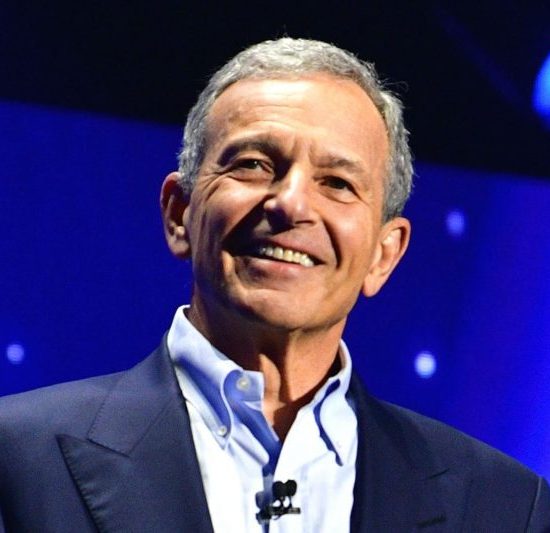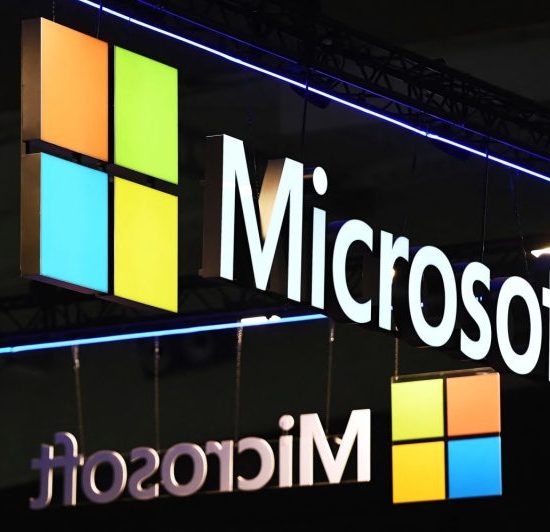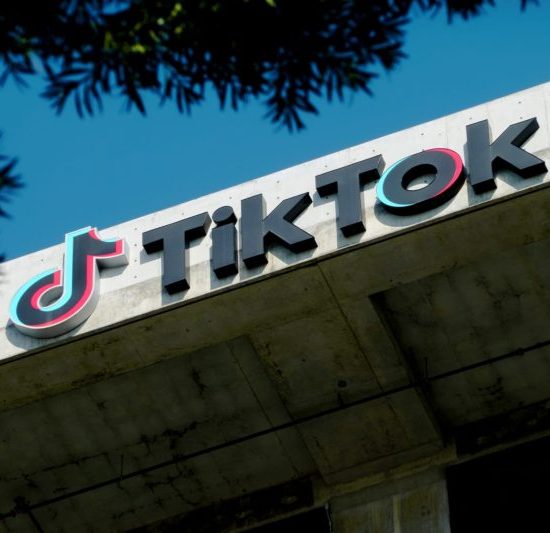In a surprising turn of events, wholesale inflation, as tracked by the Producer Price Index (PPI), rose by 0.6% in February, exceeding expectations set by financial analyzers and marking its highest point in months. Inflation plays a significant role in the global economy, affecting every sector from manufacturing to retail, housing, and tech. This unprecedented rise in February sparked interest and concern amongst experts and guides numerous projections and anticipations for the subsequent months.
The Producer Price Index (PPI), that measures the average changes in prices received by domestic producers for their outputs, experienced this unexpected surge. According to the Bureau of Labor Statistics report, the PPI rose by 0.6% in February, after a 0.4% gain in January. This rise signifies a total annual increase of 2.8%, which is the largest 12-month increase in wholesale inflation since October 2018.
The chief cause for the spike is the escalated costs in goods as compared to services, with the former observing a hike of 1.4%, denoting the steepest rise since the series began in December 2009. Stats reflect that over two-thirds of the February rise can be attributed to a 3.9% escalation in the index for final demand energy. This includes a significant rise in gasoline prices, which rose 13.1%, accounting for about half of the increase in the goods index.
Further closely examining the situation, another crucial determinant was the rise in food prices, which climbed up 1.3% in February after falling 0.2% in January. This was primarily due to a spike in prices for fresh fruits and vegetables, meats, dairy products, and grains.
Additional factors that significantly impacted the wholesale inflation rate included an ascent in the prices of industrial chemicals, certain types of machinery, and residential natural gas.
The rise in PPI is not an isolated development. In fact, it has a cascading effect on the retail level, which is measured using the Consumer Price Index (CPI). Although the CPI largely remained steady in February, some analysts predict that the rise in PPI might soon be reflected in the prices that consumers pay for goods and services.
Key to note also is that this unexpected wholesale inflation rise is not confined to the domestic market. It is participating in influencing international markets as well, setting rolling effects, especially for trade-dependent nations.
While February finalized at an unexpectedly high inflation rate, it is yet to be seen how this development will influence markets and economies in the immediate future. Expert predictions range from expectations of an economic slowdown to a thriving, dynamic economic shift. And as the world continues to grapple with the economic shocks and disruptions following the global pandemic, all eyes are set on economic indicators like inflation.
Inflation plays a prominent role in shaping monetary policy decisions, interest rates, loaning, and investment strategies. This unexpected rise, therefore, signals that Federal Reserve and other financial institutions may require to revisit their strategic drawing boards.
Indeed, various market sectors have begun to brace themselves for the impacts of this unexpected spike. Market leaders are recalculating their marketing and financial strategies to adapt to this unexpected escalation in wholesale inflation. However, the real impact of this inflation increase will be revealed in time, as it affects the interwoven aspects of economic activities in the coming months.




